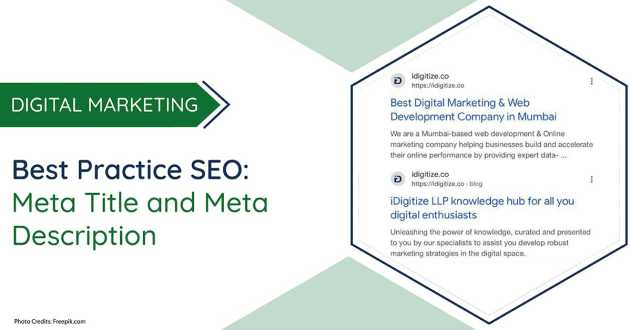How To Improve Your Click Through Rate In 4 Easy Steps

In online marketing, a high click-through rate (CTR) is critical to success
In online marketing, a high click-through rate (CTR) is critical to success. A CTR is the number of times an ad is clicked divided by the number of times it is shown, or impressions. For example, if your ad receives 100 clicks and has 1,000 impressions, your CTR would be 10%.
A high CTR shows that you are reaching your target audience with your ads and that they are finding your ads relevant to their needs. The higher your CTR, the more likely you are to achieve your advertising goals, whether that’s generating leads, sales, or simply increasing brand awareness.
Step 1: Optimize your ad copy
A high click-through rate (CTR) is essential if you want your Google Ads campaign to be successful. A CTR is the percentage of people who click on your ad after seeing it. The average CTR for a search ad is 1.91%, but the top 25% of ads have a CTR of 3.75% or higher.
When it comes to online advertising, your ad copy is everything. In order to get people to click on your ads, you need to make sure that your ad copy is optimized for maximum impact. Here are a few tips on how to optimize your ad copy:
1. Use strong headlines. Your headline should be attention-grabbing and relevant to the product or service you’re promoting.
2. Use persuasive language. Your ad copy should be convincing and compel people to take action.
3. Use clear call-to-actions. Your call to action should be obvious and tell people exactly what you want them to do (e.g., “click here”).
4. Test different versions of your ad copy. Try out different headlines, descriptions, and call-to-actions to see what works best.
5. Use relevant keywords. Make sure you're using relevant keywords in your ad copy so that it appears when people search for them.
Step 2: Target your audience
The second step to improving your click-through rate is to target your audience. This means understanding who your target audience is and what they are interested in. Once you know this, you can create content that appeals to them and is more likely to get clicked on.
To find out who your target audience is, consider what demographics they fall into such as age, gender, location, and interests. You can also look at who your competitors are targeting and try to reach a similar audience.
Once you have an idea of who you want to reach, create content that will appeal to them. This could be blog posts, infographics, or even just well-written articles.
Remember, the better targeted your content is, the more likely it is to be clicked on by your target audience. So take the time to understand who they are and what they want before creating anything.
Think about what kinds of things your target audience would be interested in and what would make them want to click on your ad. Are they looking for something specific? What kind of tone should you use?
Answering these questions will help you create ads that are more likely to resonate with your target audience and get clicked on.
Step 3: Test different placements
When it comes to your website, there is no such thing as a one-size-fits-all solution. Just because something works for one site does not mean it will work for yours. The key is to experiment with different placements and see what works best for you.
One of the most important things to keep in mind is that user behavior varies from site to site. What works on one site might not work on another. That’s why it’s important to test different placements and find what works best for your particular audience.
Here are a few things to keep in mind when testing different placements:
1) Pay attention to where people are clicking. If you see a lot of clicks on a particular spot, that’s a good sign that it’s an effective placement.
2) Where people are not clicking. If you see a lot of clicks elsewhere, that's a sign that you might want to consider moving the interaction somewhere else on your page.
3) Whether or not the placement is consistent across different pages. If it is, then great! Like sidebar or footer is a great placement to increase the CTR
Step 4: Use images and videos
Images and videos are a great way to improve your click-through rate. They can be used to grab attention, explain complex concepts, or just add a bit of flair to your content. Here are a few tips on using images and videos effectively:
- Use images that are relevant and eye-catching.
- Make sure your videos are short and to the point.
- Use images and videos sparingly - too many can be overwhelming for readers.
- Always include a call to action with your images and videos, so readers know what to do next.
- For the video concentrate on the first 3 seconds. If you can catch the attention of the audience in the first 3 seconds, they will continue to view your content.
Conclusion
If you want to improve your click-through rate (CTR), there are a few easy steps you can take.
First, make sure your ad is relevant to the page it's appearing on. If your ad isn't relevant, people are less likely to click on it.
Second, use strong call-to-actions in your ad copy. Tell people exactly what you want them to do, and make it easy for them to do it.
Third, use attention-grabbing images and videos. People are more likely to click on an ad if it has an eye-catching image or video.
Finally, test different versions of your ad and see which one performs the best. Keep track of your CTR over time so you can see if your changes are having a positive impact.
Hope you enjoy this article, if you like it, please help me share it with other audiences too. Much appreciate it. If you have any questions about this topic, please leave me a comment below and tell me what you think. Thank you for reading.


